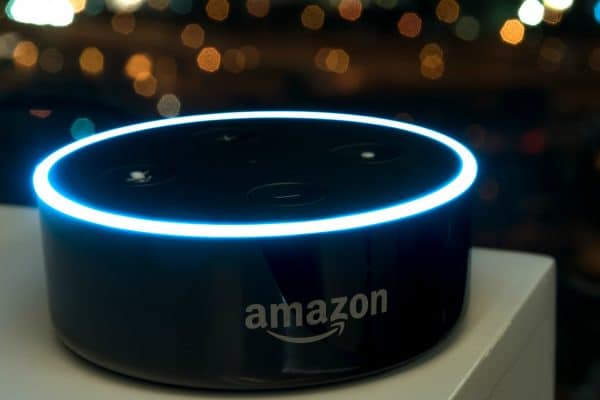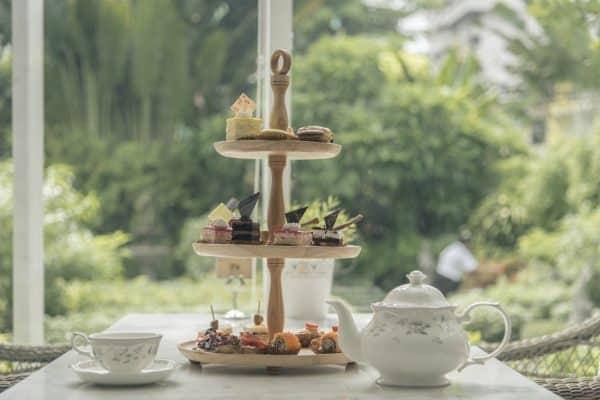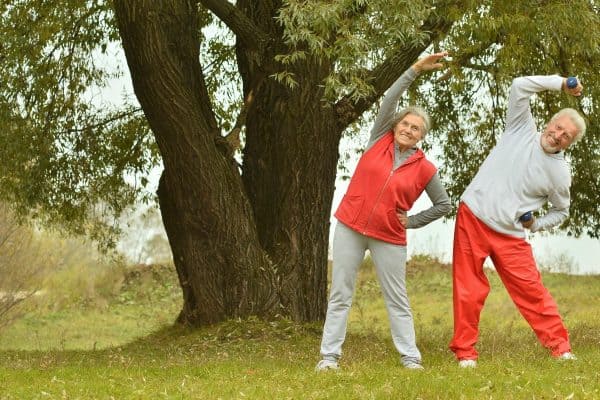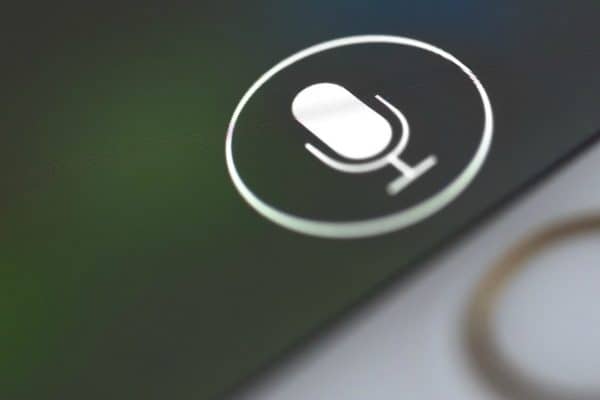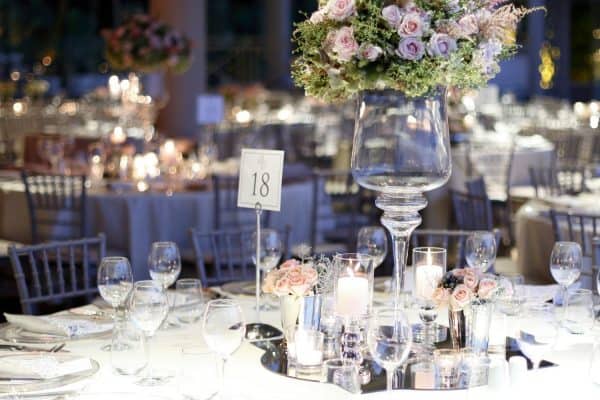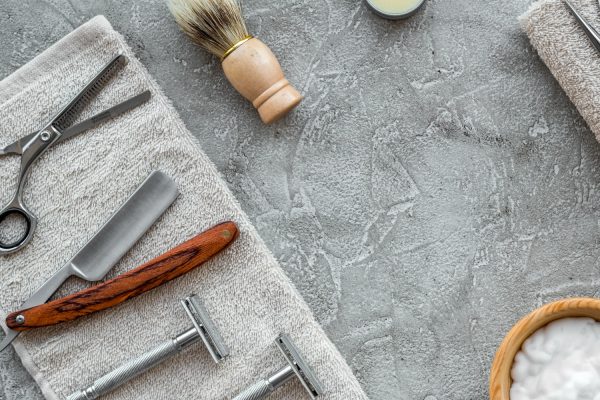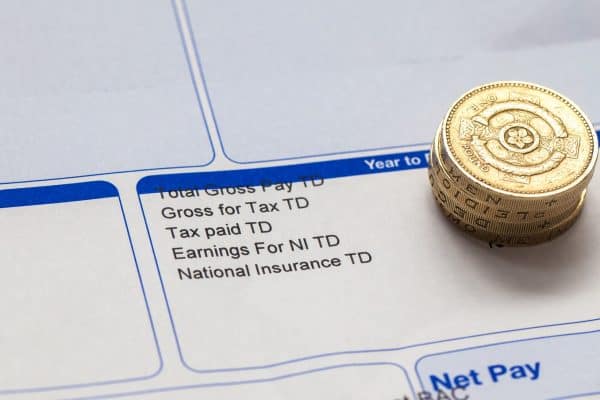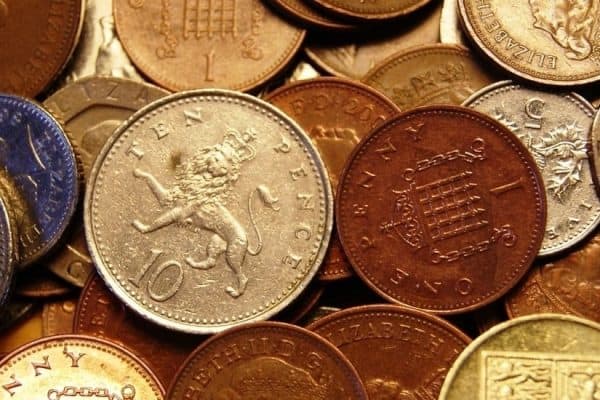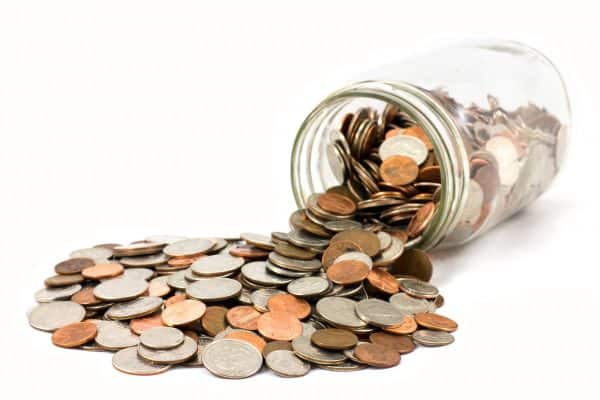London is crammed full of attractions, and a good number of them are free! The downside of so many free things to do is that they can get very crowded, especially during peak seasons like school holidays. Sometimes, you can end up queuing for hours to get into the most popular attractions. With the school summer holidays fast approaching, many parents will be planning trips to the capital to treat and entertain their children over the break. We explore how you can find a quieter attraction to visit – for free – at some of the more unusual London museums.
Top tips for finding quieter attractions
Head out of the centre
Most of London’s most famous museums are clustered together. The V&A, Natural History Museum and Science Museum are all walking distance from each other in South Kensington and others aren’t far away. To find somewhere quieter, but still interesting to visit, we recommend heading a little off the beaten track. In particular, if you head east beyond the Tower of London or south beyond the river, there are some excellent lesser-known museums and galleries to explore.
Go early, or late
Unsurprisingly, the peak visiting hours for almost all museums are in the middle of the day. If you head to your attraction of choice early and get there for opening time, then you may find that the first part of your visit, at least, is moderately peaceful. Alternatively, if you aim to arrive after 2pm, you’ll likely find that visiting school groups (yes, even in the school holidays!) are leaving and attractions are much calmer places to visit. Watch out for “last admission” times, though. Some museums have these in place to make sure you have time to see everything you want to and get to the gift shop before they close.
Do your research
Many unusual London museums are housed in inconspicuous-looking houses, or inside buildings that also have another purpose. A number of our favourite museums are the kind where, if you weren’t looking for them, you’d walk right past without noticing them at all. They’re true hidden treasures! If you want to learn about something specific while steering clear of the big museums, we suggest searching for the topic online, accompanied by “London museum”. You’ll quickly be able to find the best and most recommended attractions to quench your thirst for knowledge.
Our favourite unusual London museums
1. The Museum of London
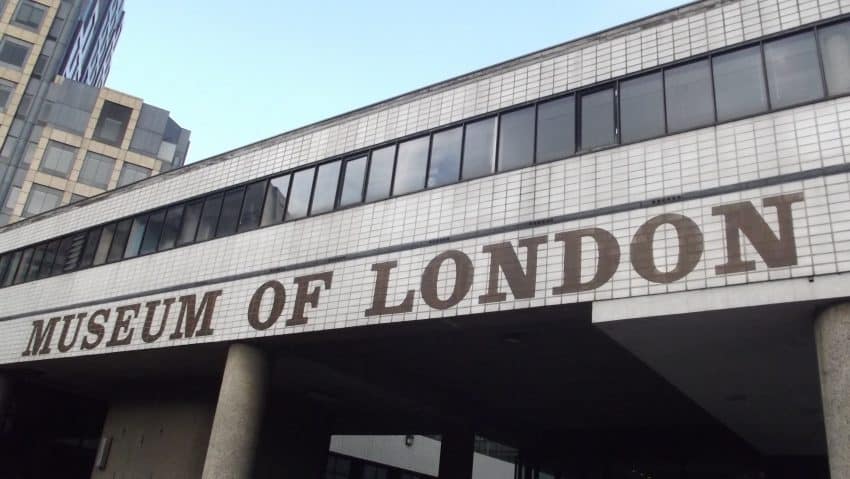
Image courtesy of Elliott Brown / Creative Commons
A short stroll from St. Paul’s Cathedral, the Museum of London is home to, you guessed it, a host of exhibitions detailing the history of our amazing capital city. Discover the history of London from prehistoric times when there wasn’t even any such thing as London, all the way to the present day. Don’t forget to stop off at the Roman London and War, Plague and Fire exhibits on your way around. The Museum of London also has a second location on the Isle of Dogs a little further east, which tells the story of London as a port. Learn all about how the city became the centre of world trade during the height of the British Empire in the 19th century, and the role of the Docklands in the city today.
2. The Grant Museum of Zoology

Image courtesy of Allie Charlesworth / Creative Commons
The Grant Museum of Zoology is a great alternative to the Natural History Museum for anyone interested in zoology and animals of the past. Now housed in the Rockefeller building at University College London, the museum was established in 1827 by the man for whom it is named: Robert Edmond Grant. Grant, a professor of Comparative Anatomy and Zoology in his day, established the museum collection for teaching. By the time he died in 1874, his collection of specimens was 10,000 strong. Since then, it has been preserved and built upon so that it now contains some 68,000 zoological specimens (w0w!). The collection notably includes the world’s rarest skeleton, the quagga, and a selection of dodo bones – well worth a look! However, the museum is only open during the afternoons, so check opening hours before you visit.
3. National Army Museum

Image courtesy of Londonist.com
The National Army Museum in Chelsea documents the history of the British Army. Exhibits cover the formation of the army during the Civil War to its activities and role in the present day. A great place to visit for adults and families alike, the museum will give you a real flavour of life in the armed forces. We recommend seeing if you can live up to the exacting standards of the virtual drill sergeant. Quick march!
4. St Bart’s Hospital Museum

Image courtesy of Barts Health NHS Trust
Founded in 1123, St Bartholomew’s hospital at Smithfield market has been providing care to patients on the same site for almost 900 years! The archives and museum collection contain documents and artifacts from the hospital’s founding to the present day, offering a unique glimpse into the history of medicine and patient care that you won’t find anywhere else. The museum is accessible from the Henry VIII gate entrance on Giltspur Street. It is open from 10am till 4pm Tuesday to Friday.
5. The Bank of England Museum

Image courtesy of IanVisits.co.uk
If you’ve ever wondered how money works, then this is the museum for you. The Bank of England Museum documents the history of banking in England, from its founding in 1694 to the present day. The galleries will walk you through how the bank plays a role in maintaining economic stability. Some, though, will find it more interesting to take a look at the money of years gone by. You can even get your hands on an actual gold ingot from the gold vaults. You can take one home, too… a chocolate version, that is! If you plan to visit, it’s worth noting that the entrance to the museum is separate to the main entrance to the bank.
6. The Horniman Museum
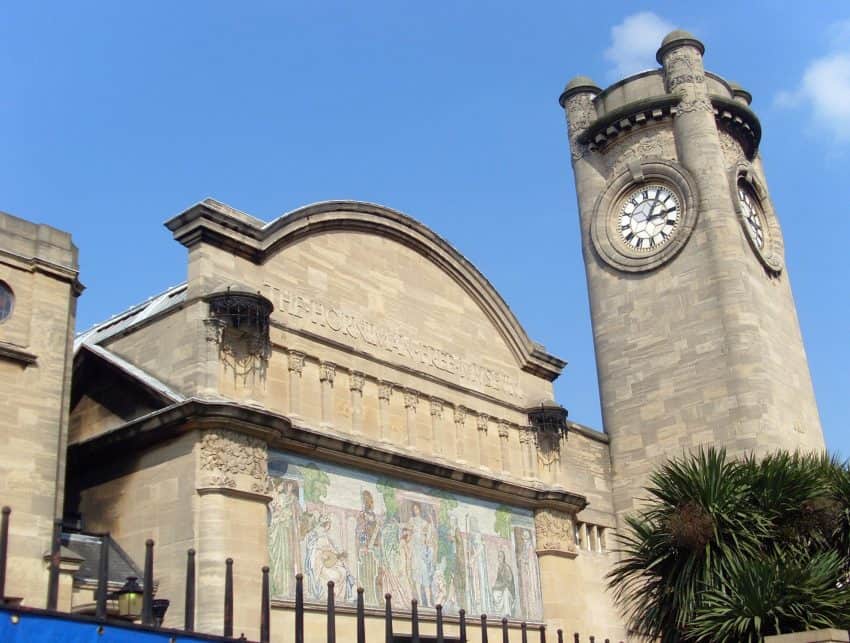
Image courtesy of Abi Skipp / Creative Commons
The Horniman Museum is one of South-East London’s best kept secrets. Located in Forest Hill on the London Overground, it’s still within easy reach of the city centre. The distance from town, however, makes it much quieter than some other attractions. Originally the former owner’s collection of objects, the museum has grown to include internationally important anthropological collections. It’s also home to an aquarium, butterfly house and natural history collection. What makes the Horniman unusual and particularly worth a visit, though, is that you can get up close and personal with the collection. You can even touch and play with some of the objects. Then, once you’re done inside, there are 16 acres of gardens to explore – well worth the adventure into suburbs.
7. Sir John Soane’s Museum
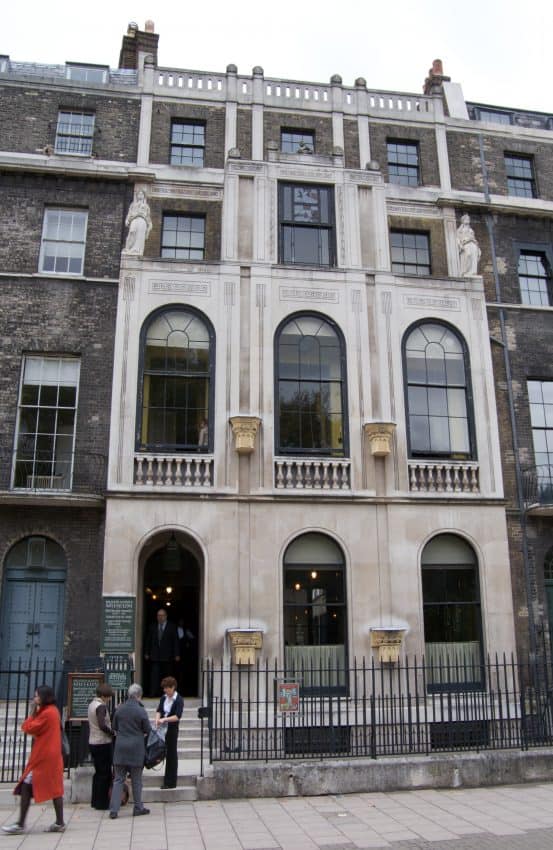
Image courtesy of Steve Parker / Creative Commons
If you didn’t know Sir John Soane’s Museum was there, you could easily miss it. This historic home on Lincoln’s Inn Field is just a short walk from the bustle of Covent Garden. Sir John Soane was the architect behind the magnificent Bank of England building. He requested that when he die, his home and collection of objects be preserved, and his house open to the public to inspire and educate. And, for almost 200 years, a group of trustees have done just that. In fact, the only movement of any of the objects has been for conservation. Today, Sir John Soane’s Museum offers a fascinating snapshot into early Victorian life, their apparent love for collecting things, and architecture. In honor of its history, the museum is a mobile phone free zone, and is open from Wednesdays to Sundays.
8. The V&A Museum of Childhood
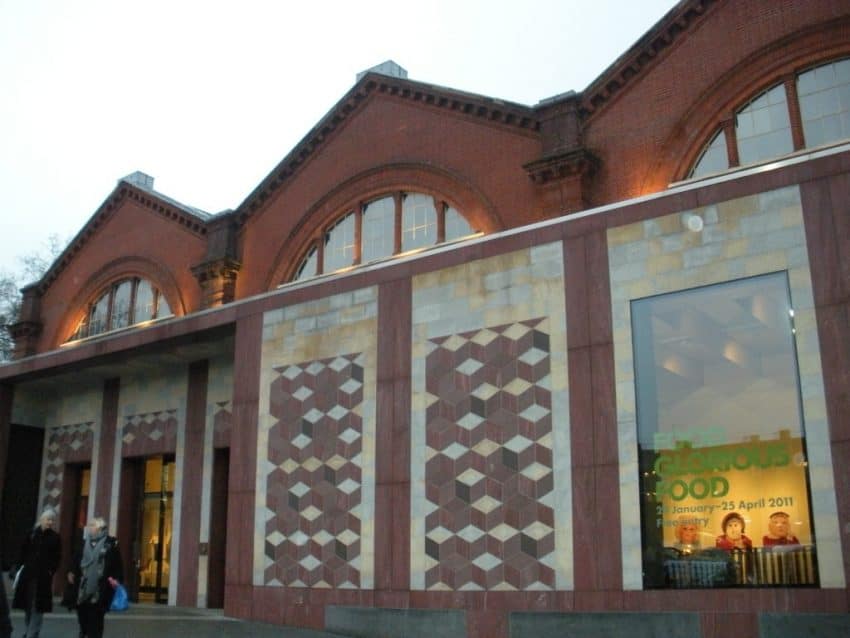
Image courtesy of Laura Kate / Creative Commons
While you may be familiar with the main V&A museum in South Kensington, you probably won’t have heard of the V&A Museum of Childhood in Bethnal Green. Another of the more unusual London museums, this one is a little off the beaten path. Again, though, it’s easily accessible from the city centre on the central line. The V&A Museum of Childhood is home to a collection of children’s clothing, toys, furniture and more that show how our childhoods have changed from the 1600s to the present day. Take a look at toys and games of the past, and see just how much – and how little – the times have changed. You could even show your own little ones what your childhood toys were like!
